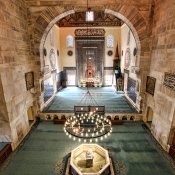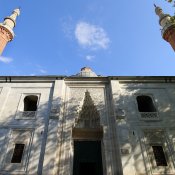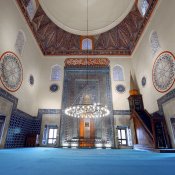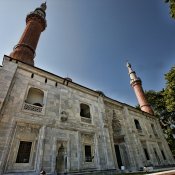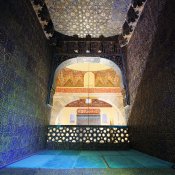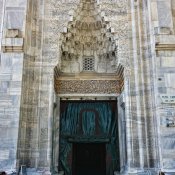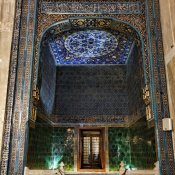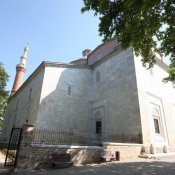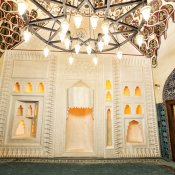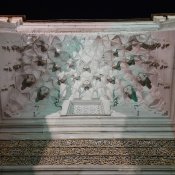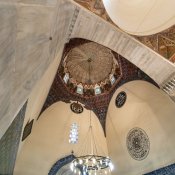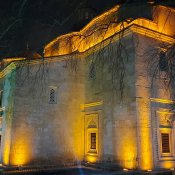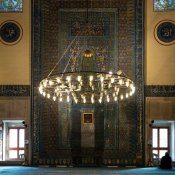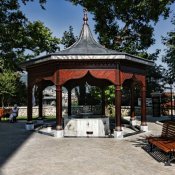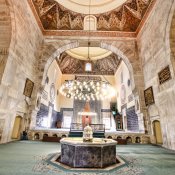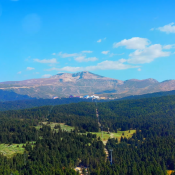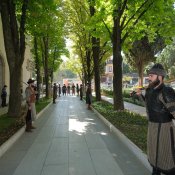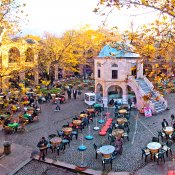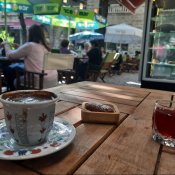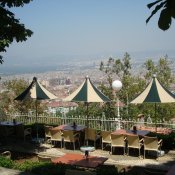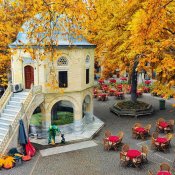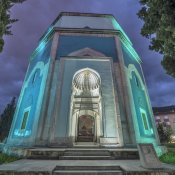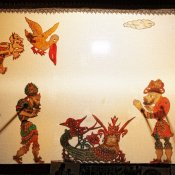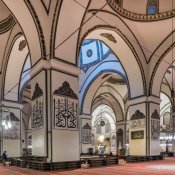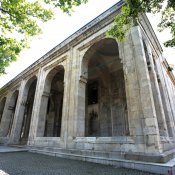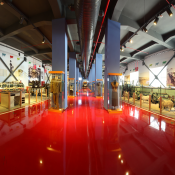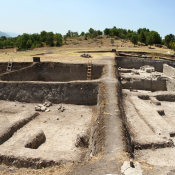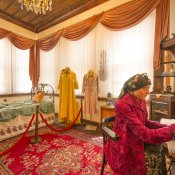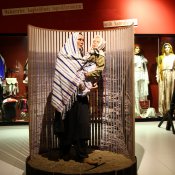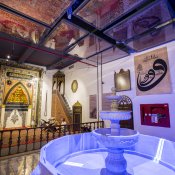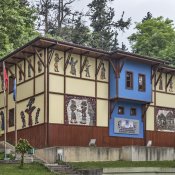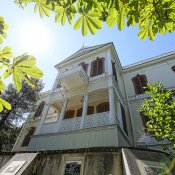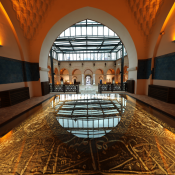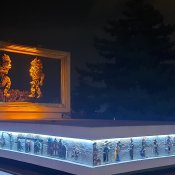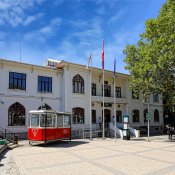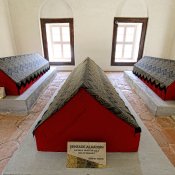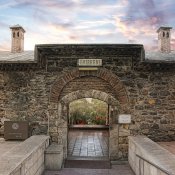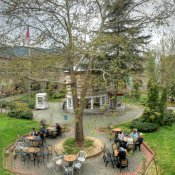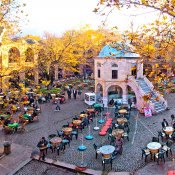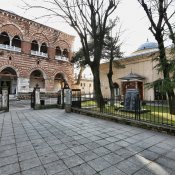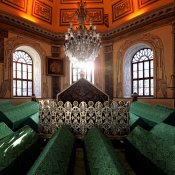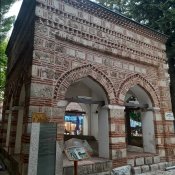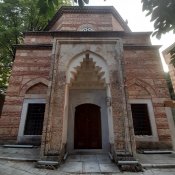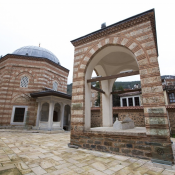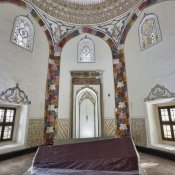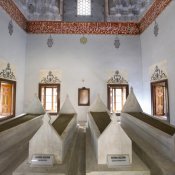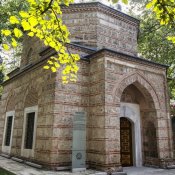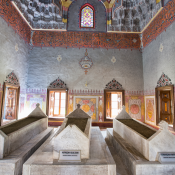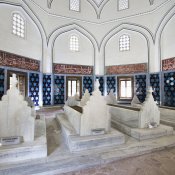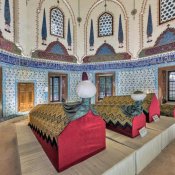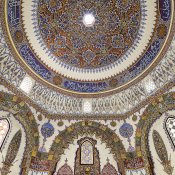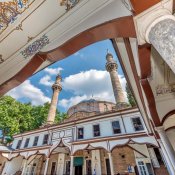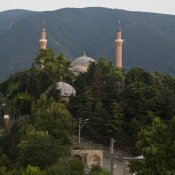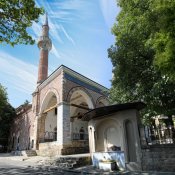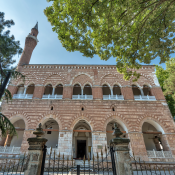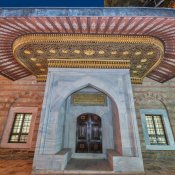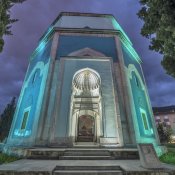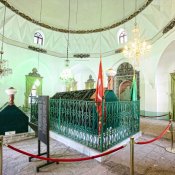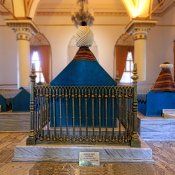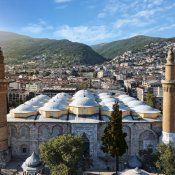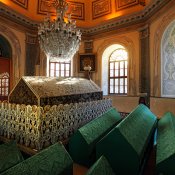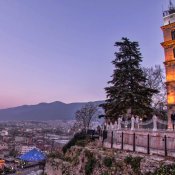Yeşil Mosque
Yeşil Mosque
As stated on the three-line epitaph board placed over its crown door and written in “celi sulus” script, “Yeşil” Mosque was built by Sultan Mehmed I Çelebi between 1419 and 1420. The structure’s architect is Hadji Ivaz Pasha.
With all its majesty, this mosque in fact symbolizes the renaissance of the Ottoman Empire after 11 years of interregnum (the “Fetret” period) after the defeat in the 1402 Ankara War.
This structure is one of those mosques built with a “⊥” plan (with lodging rooms for travelers, and a hermitage), and with a symmetrical plan. There is no portico for latecomers. This visitor enters this mosque by passing through noble crown door. At both sides of the lower floor of the entrance hall, there are rooms (the palace’s mahfils, or platforms) covered with cross vaults. The visitor climbs one of the two staircases at the entrance hall’s right- and left-hand side, and thus accesses the upper floor with its sultan’s mahfil / mahfils and rooms. The passage to the main prayer hall, which is covered with two large domes, is provided by a passageway. The sections at both sides of this passageway, which are covered with glazed tiles, are used as the muezzin’s platform. They are accessed from the central hall. Furthermore, there are lateral iwans with segmented domes, and there are rooms the visitor comes into by passing through a door from the central hall being bonded to these iwans, in east-west direction of the central hall. These domed rooms have an oven made of plaster, and cupboards. The structure’s hall, with its mihrab niche and its pulpit, however, is accessed from the central hall by climbing several steps.
With its scripts on its outer façade, its windows decorated with geometrical and herbal motifs, its crown door, and the harmony of the compositions of its predominantly hand-drawn and glazed tile decorations in its interior, Yeşil Mosque is a work of art of flawless craftsmanship. It is one of the rare examples with epitaph boards stating the names of its master craftsmen.
This mosque has two minarets, one each in north-eastern and in north-western direction. Their bodies are brick-built, but from their surrounding balconies upwards, stones were used.
Between 1552 and 1950, this mosque was renovated many times. Lastly, it was restored between 2010 and 2012 by the the “Vakıflar Genel Müdürlüğü” (the Foundations’ Directorate-general).



